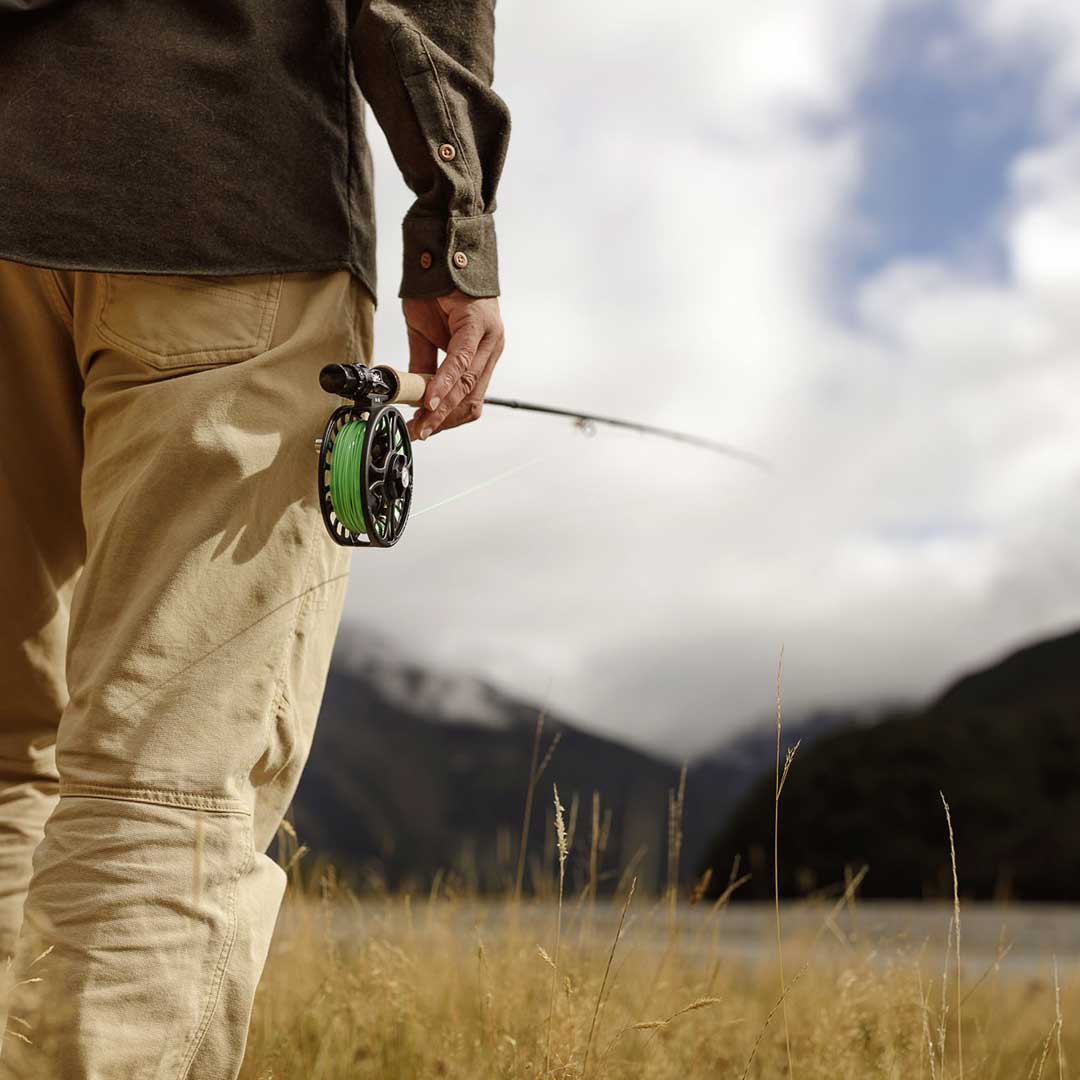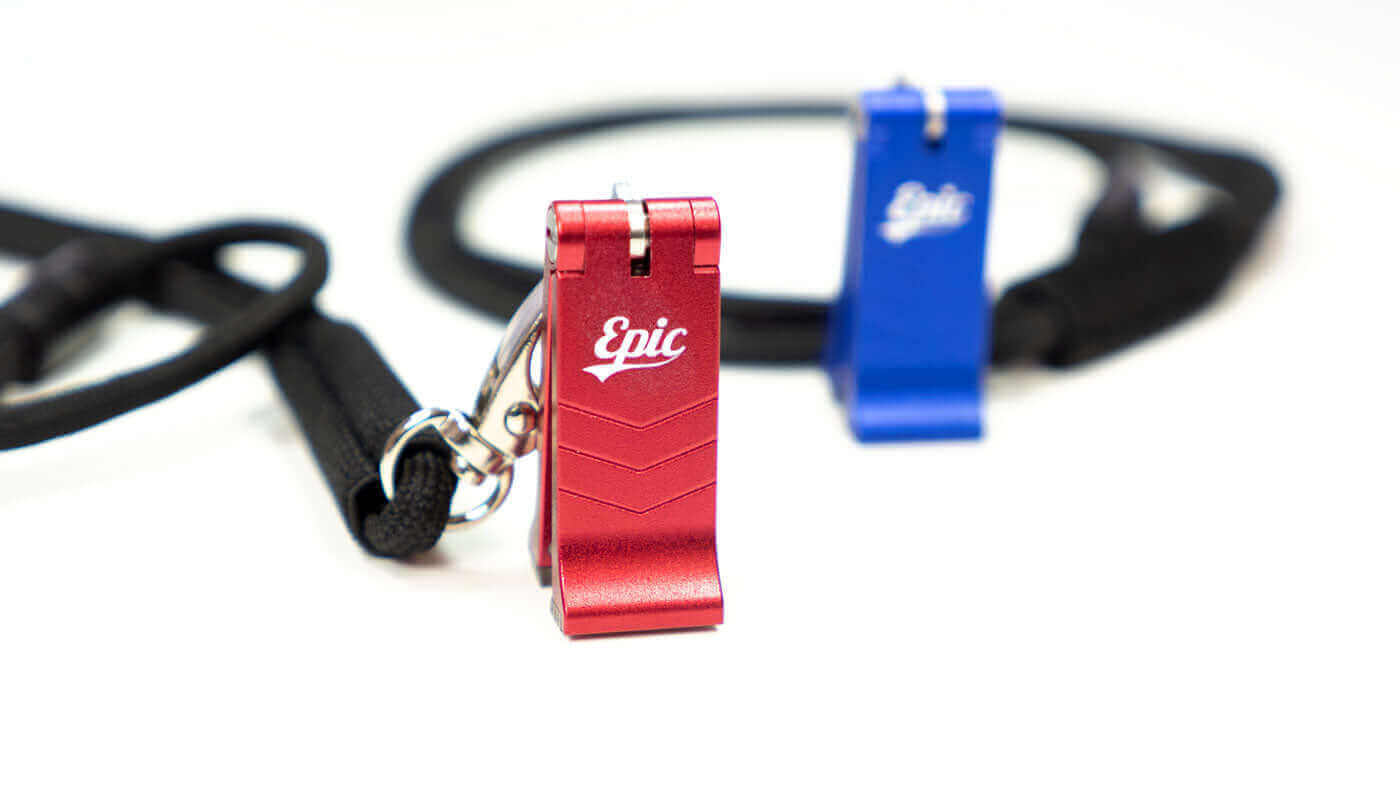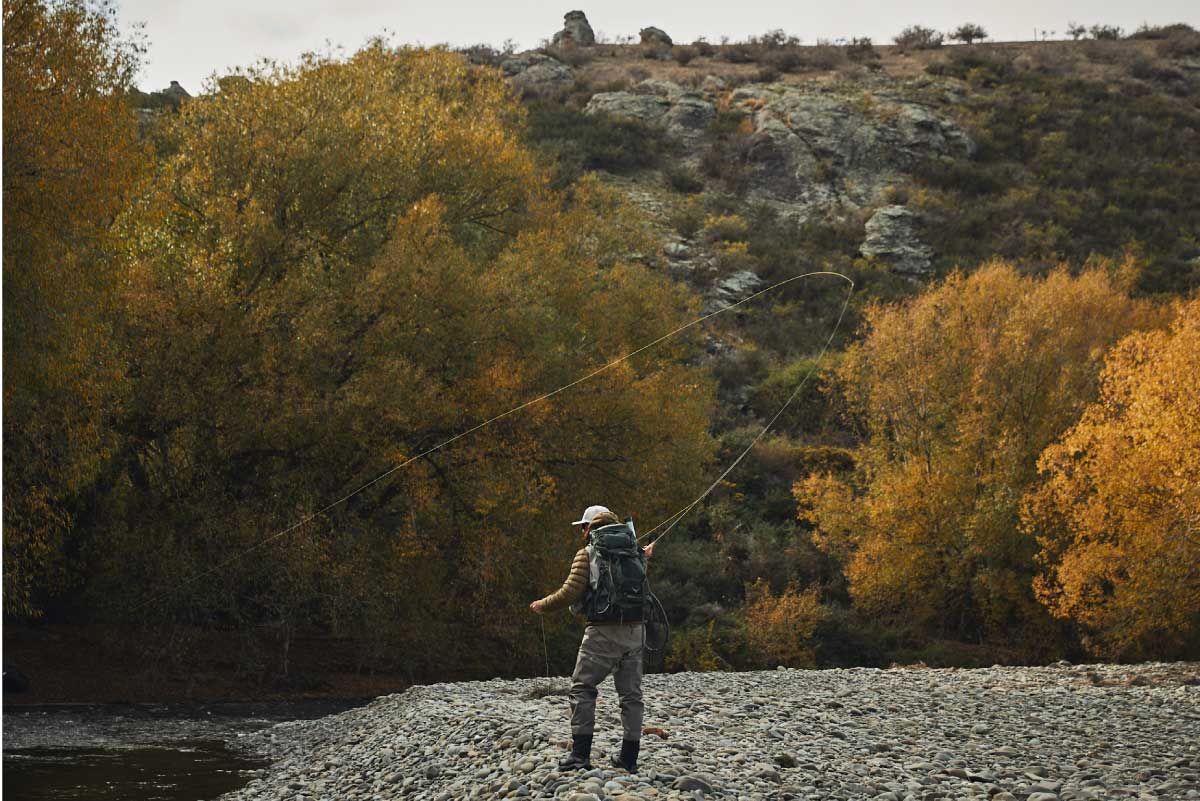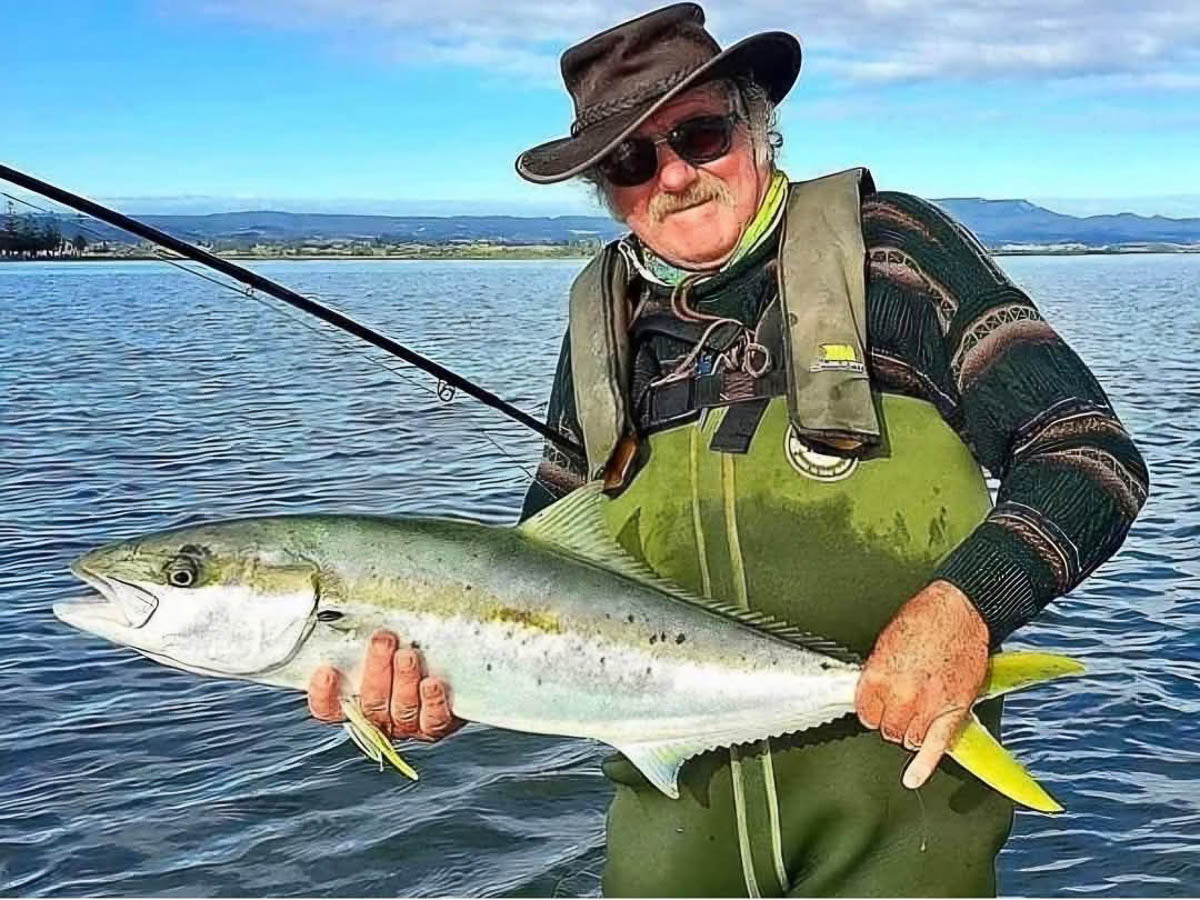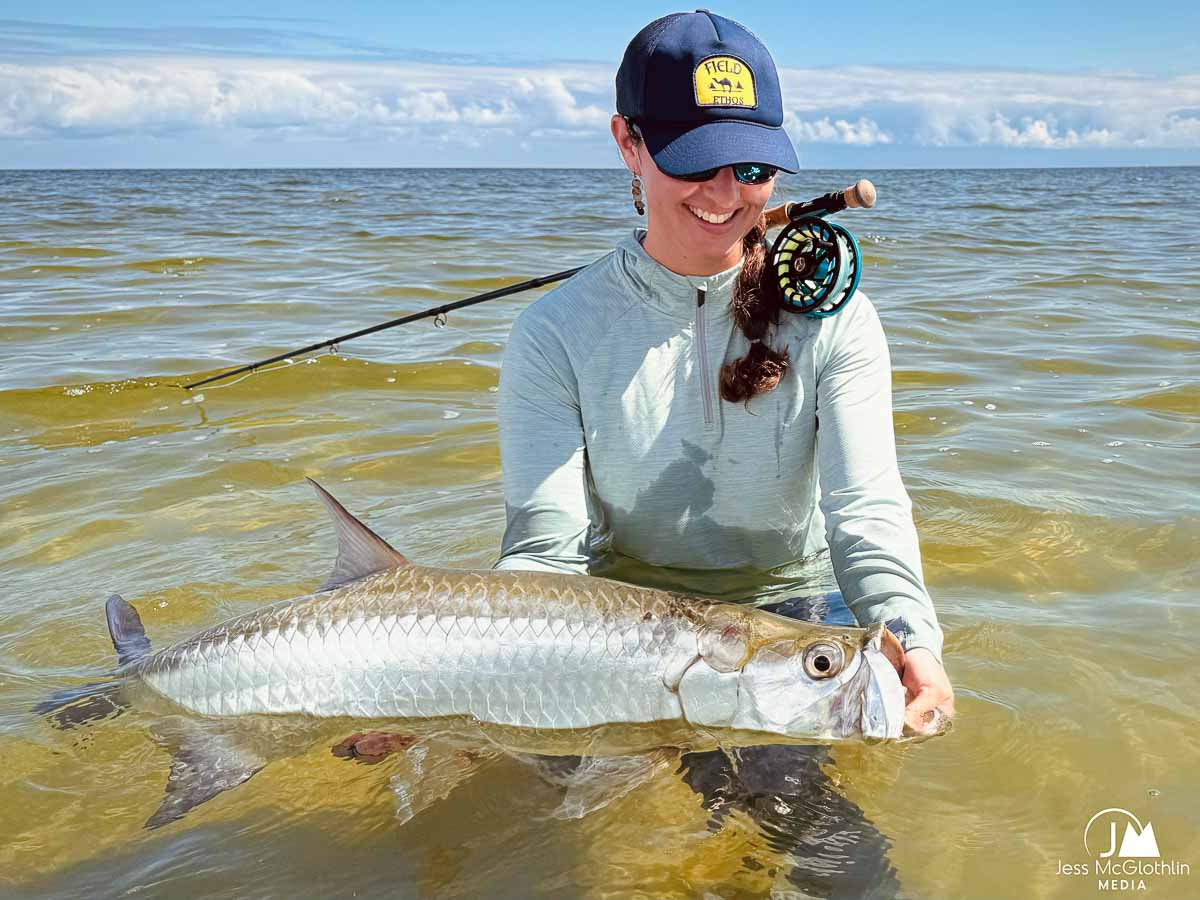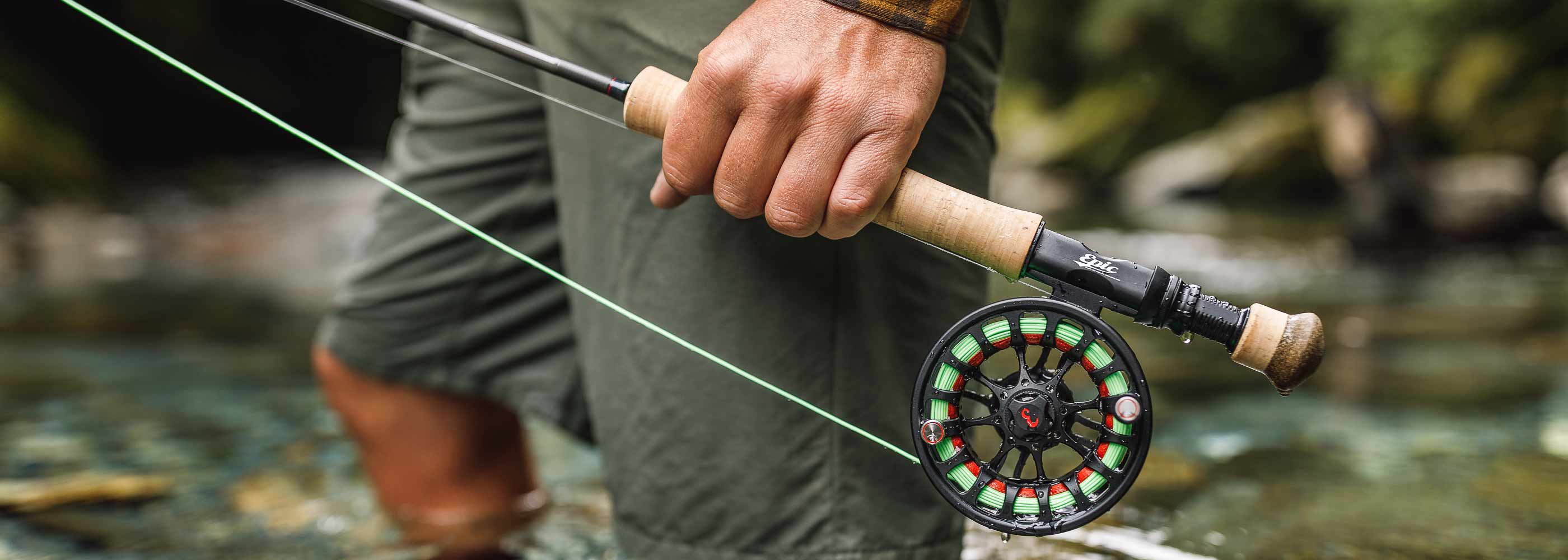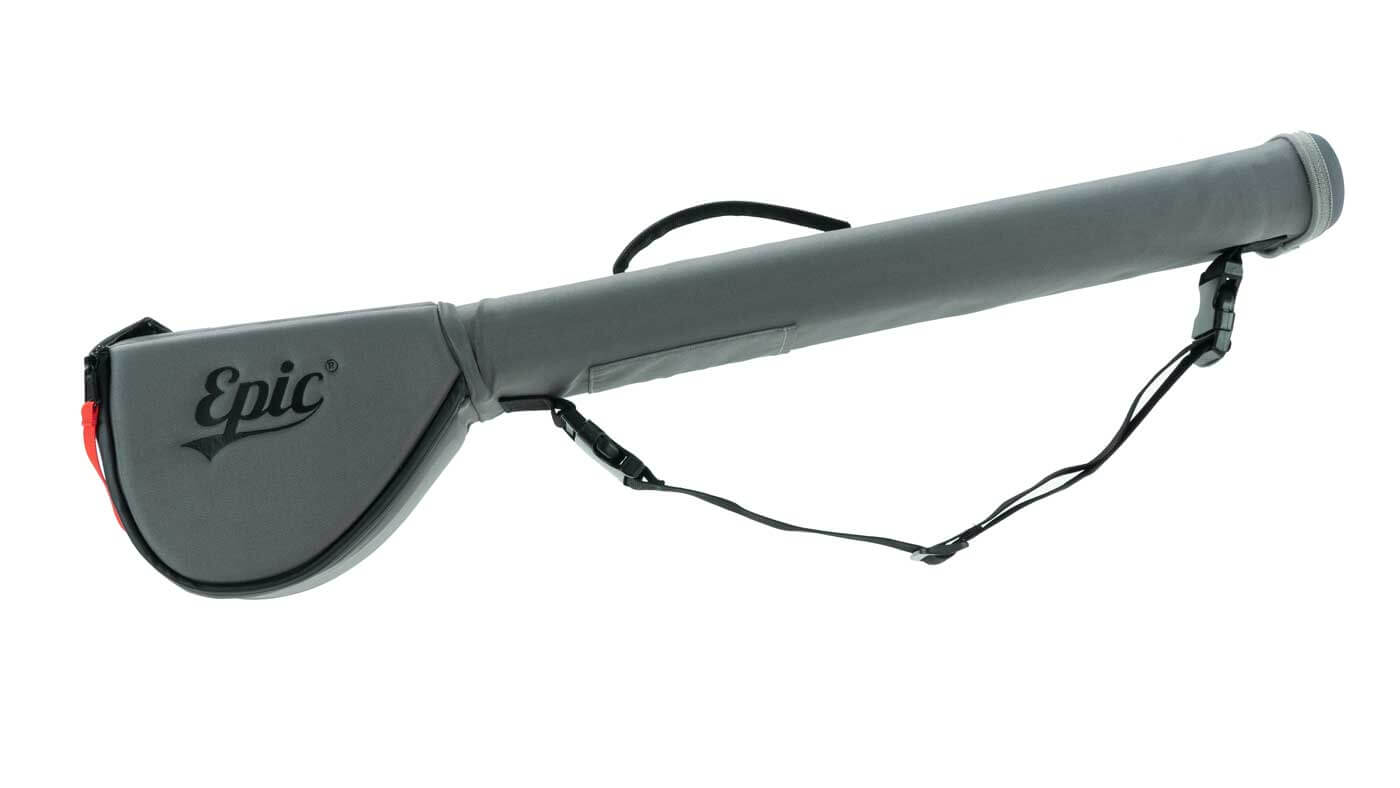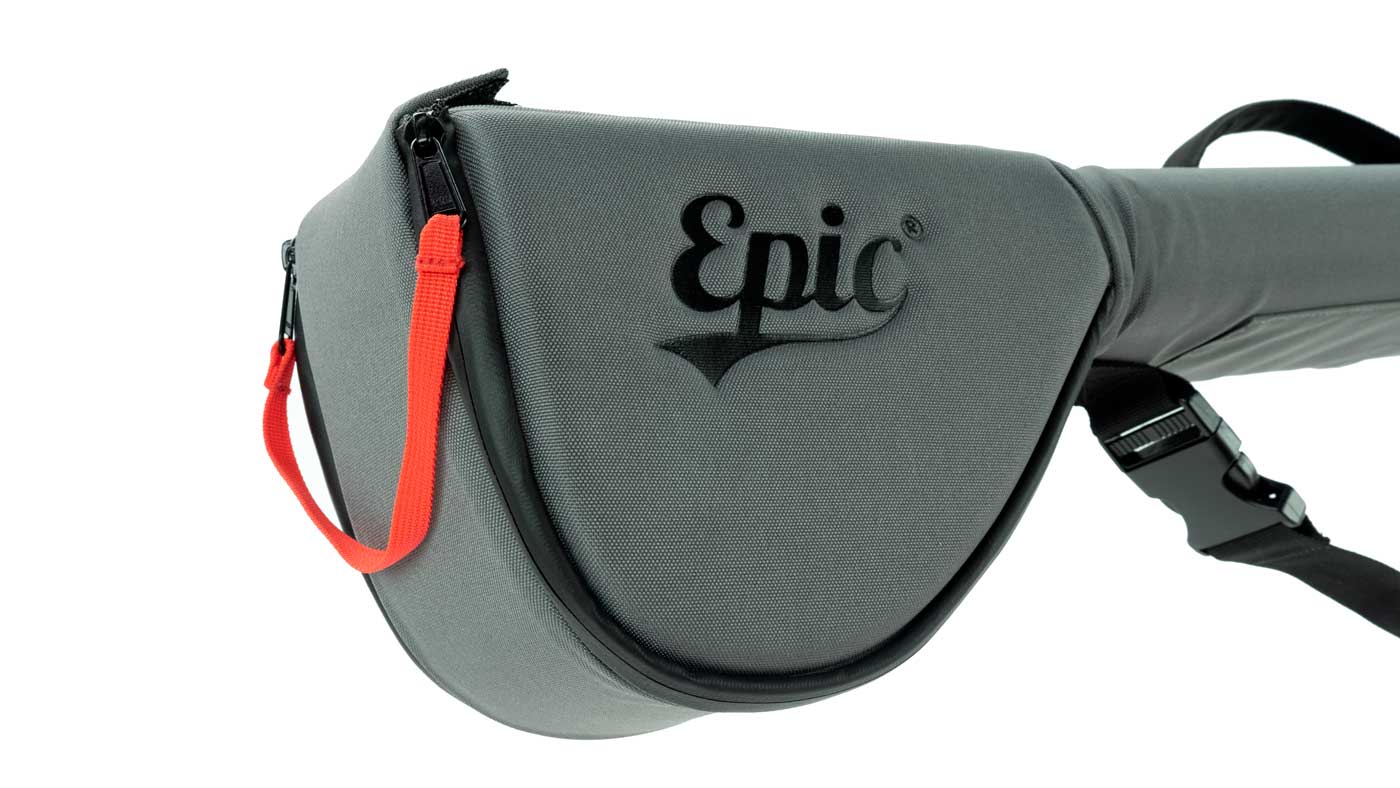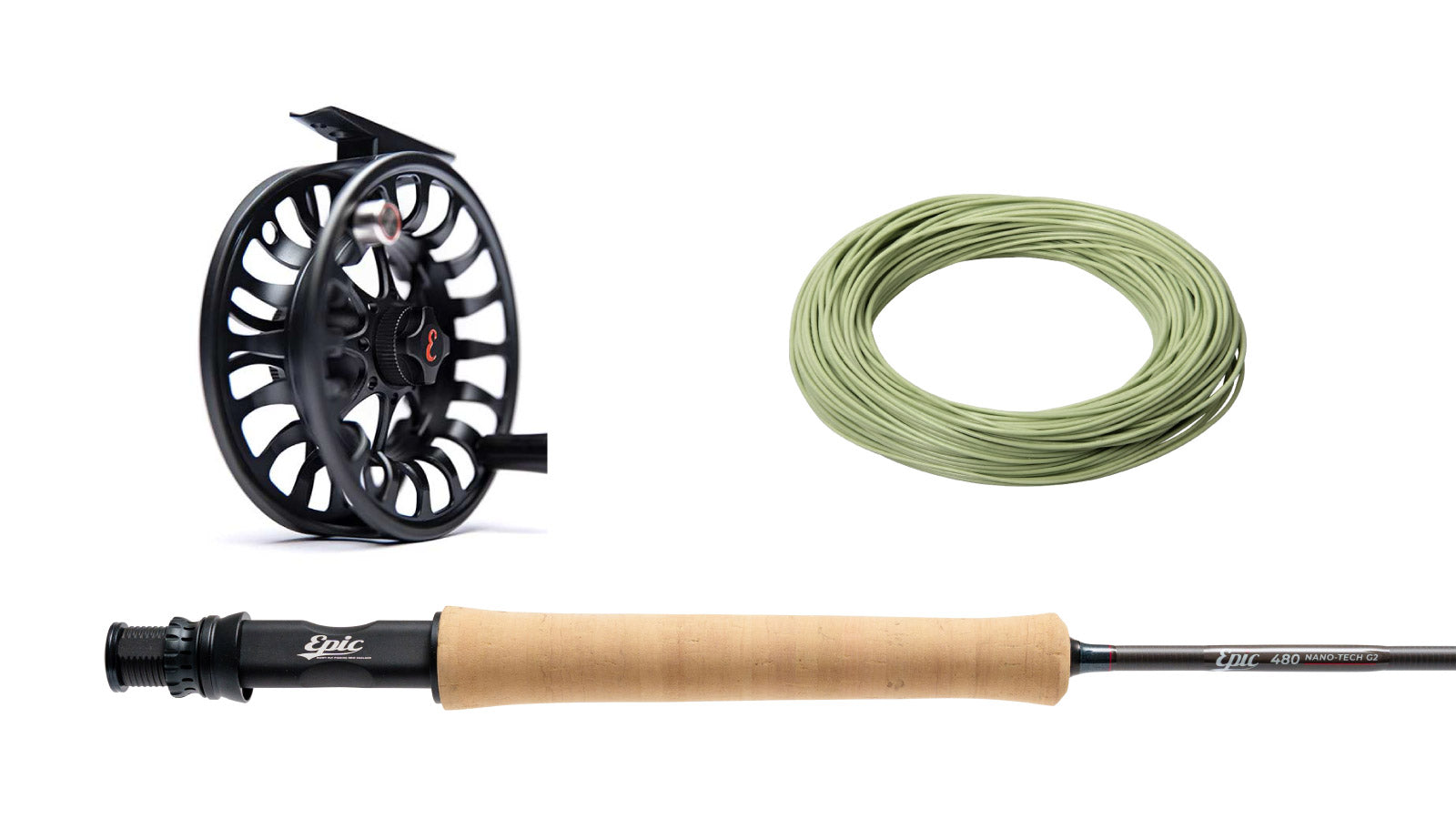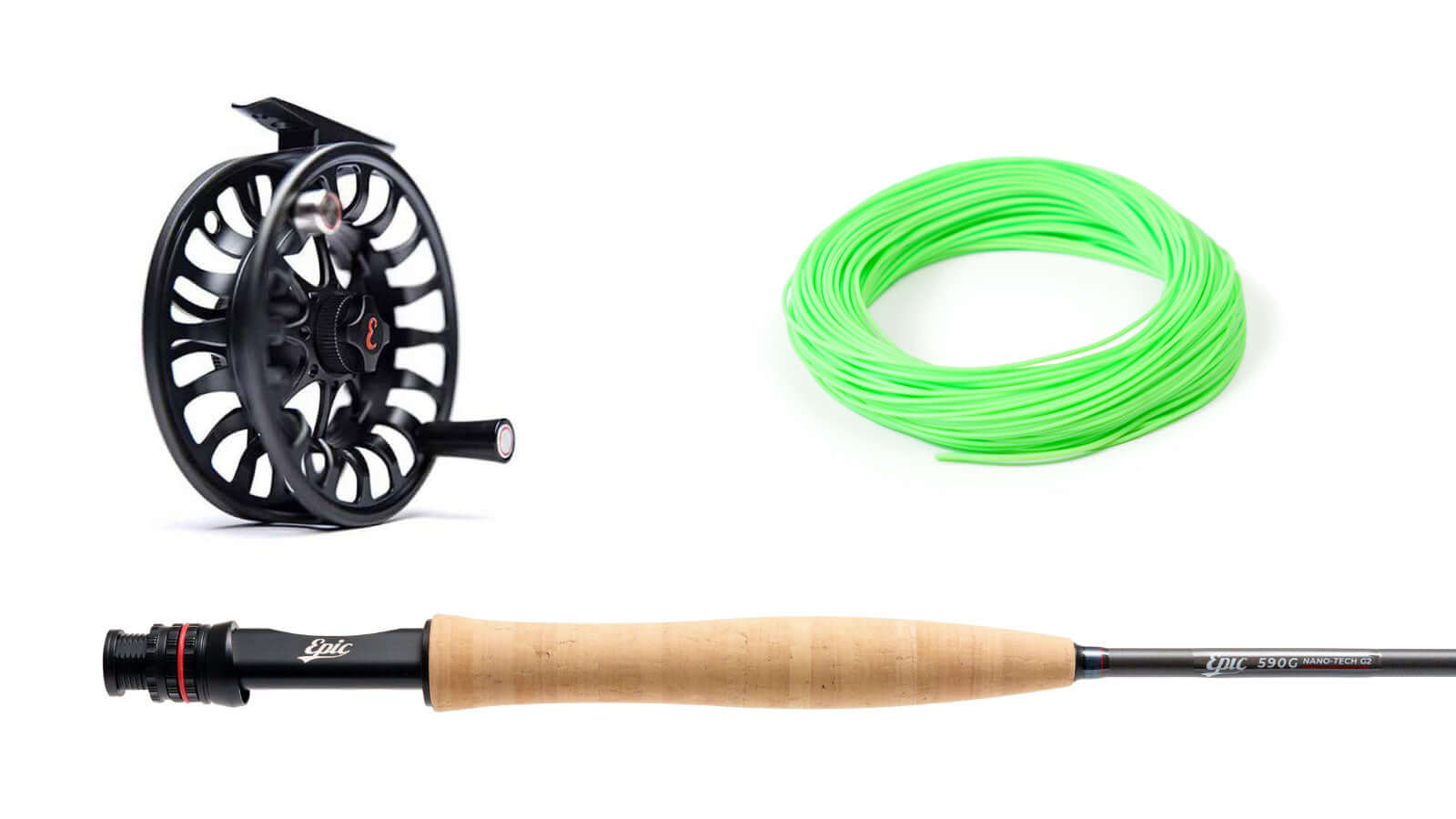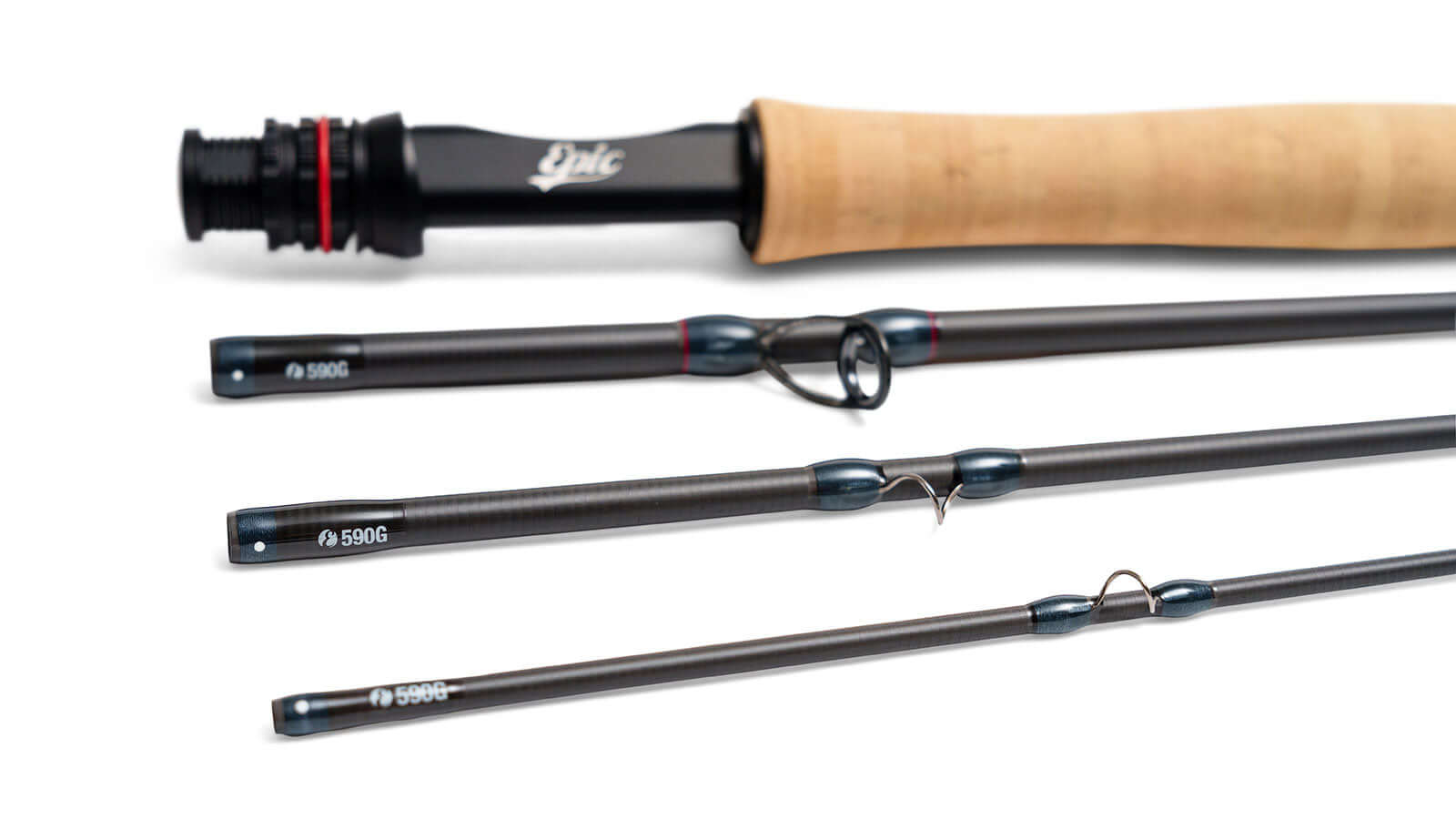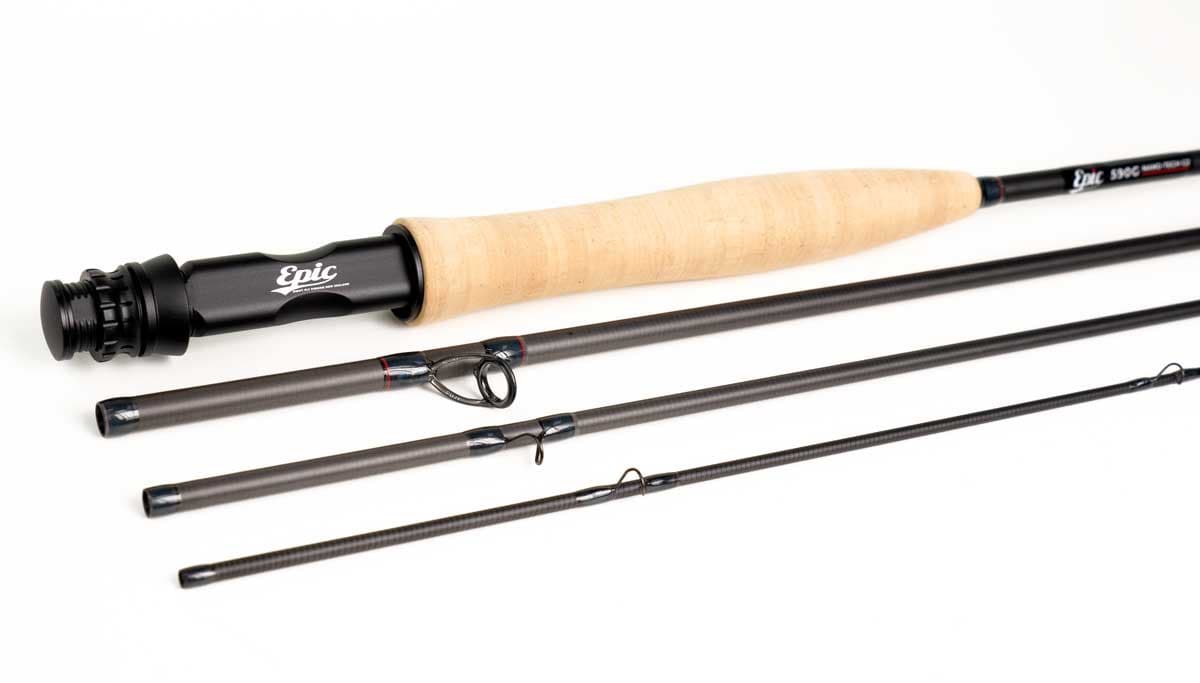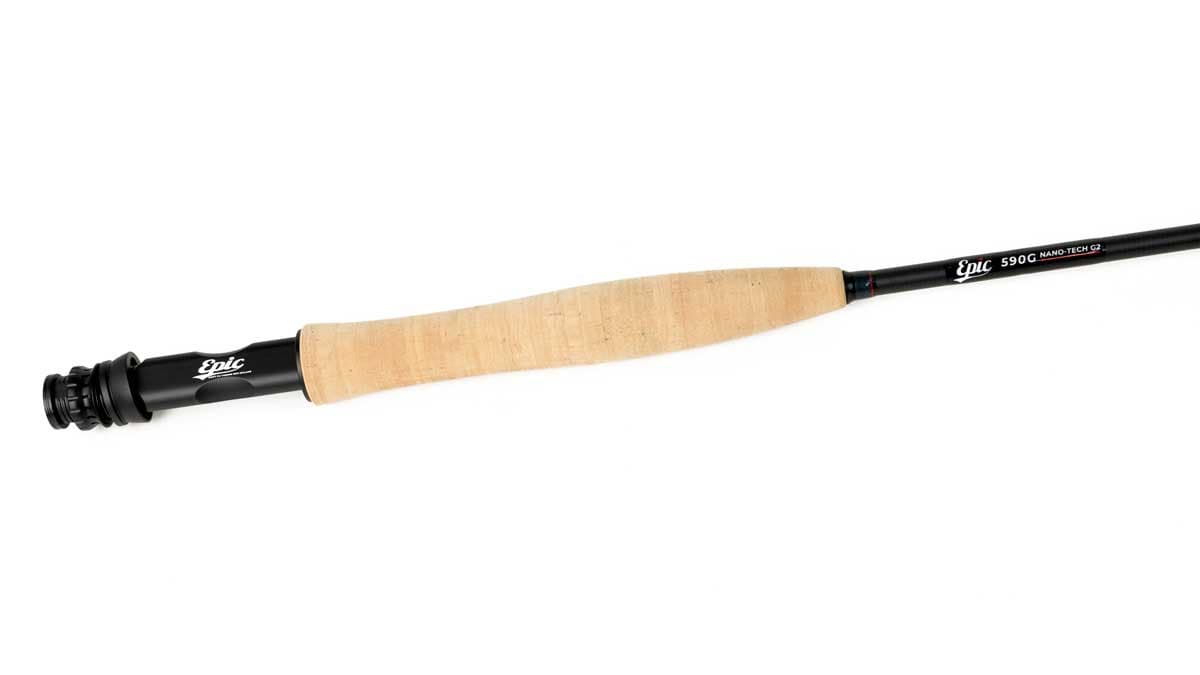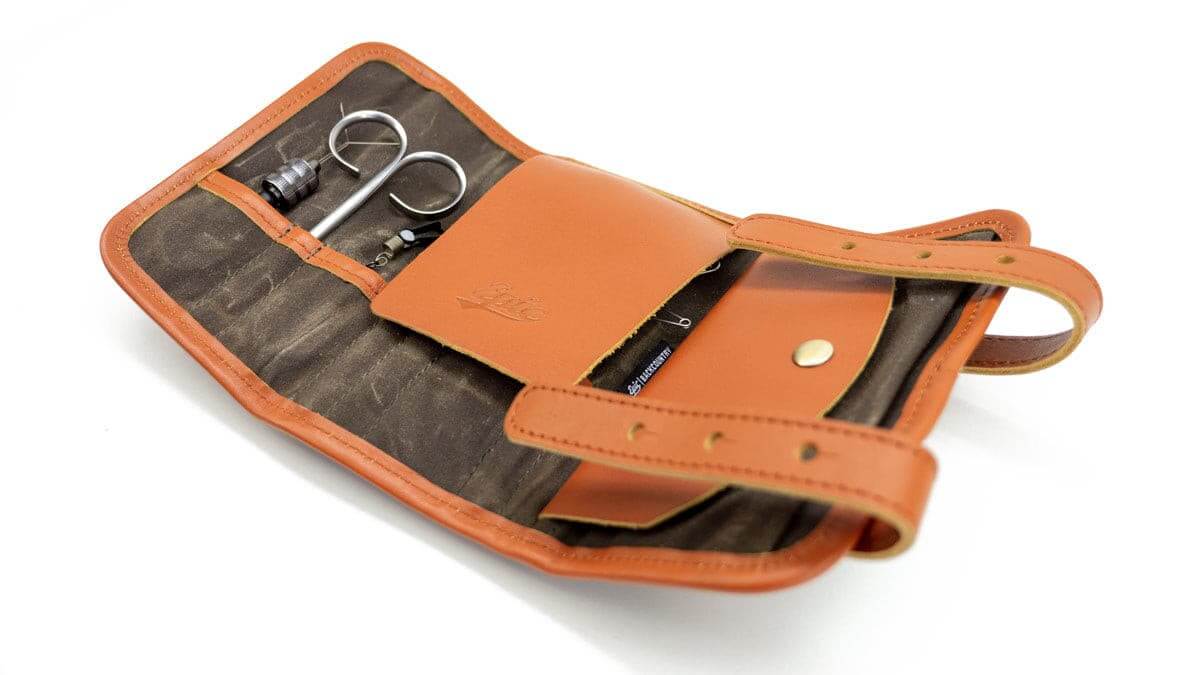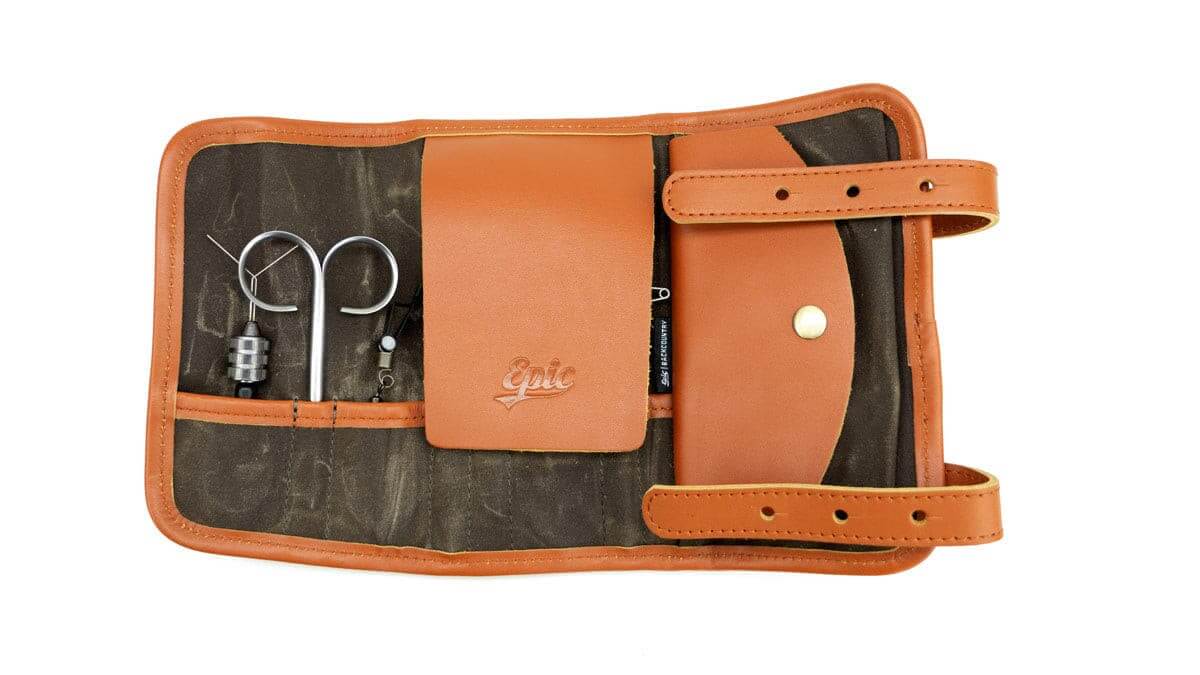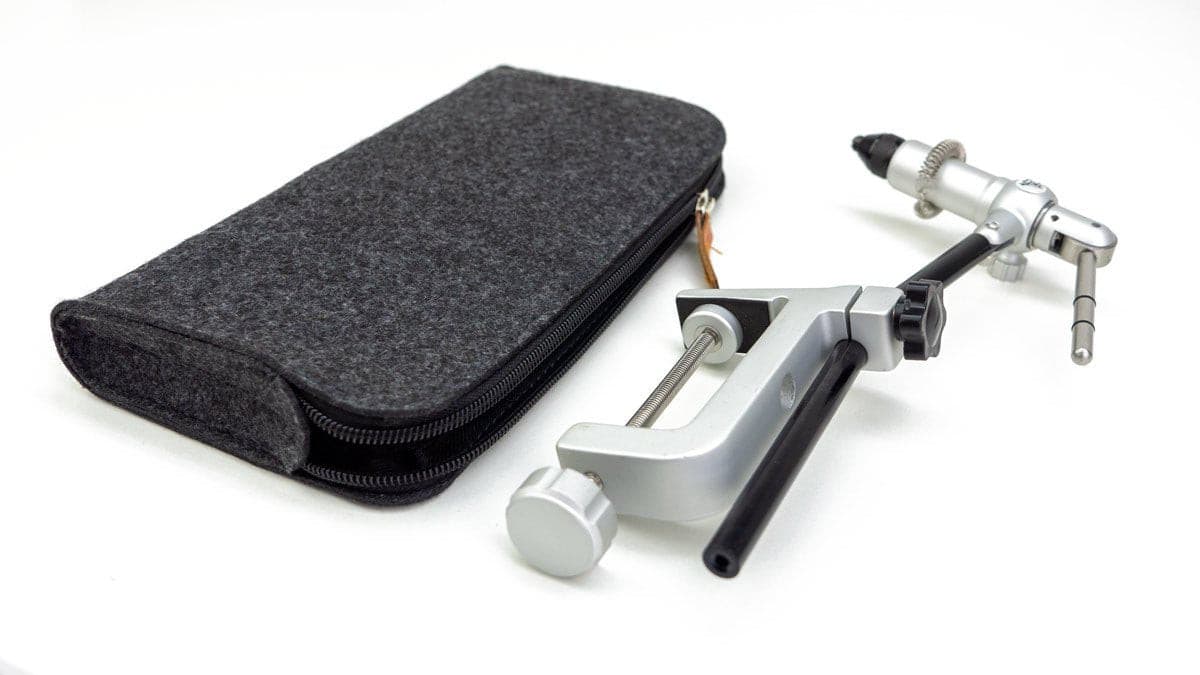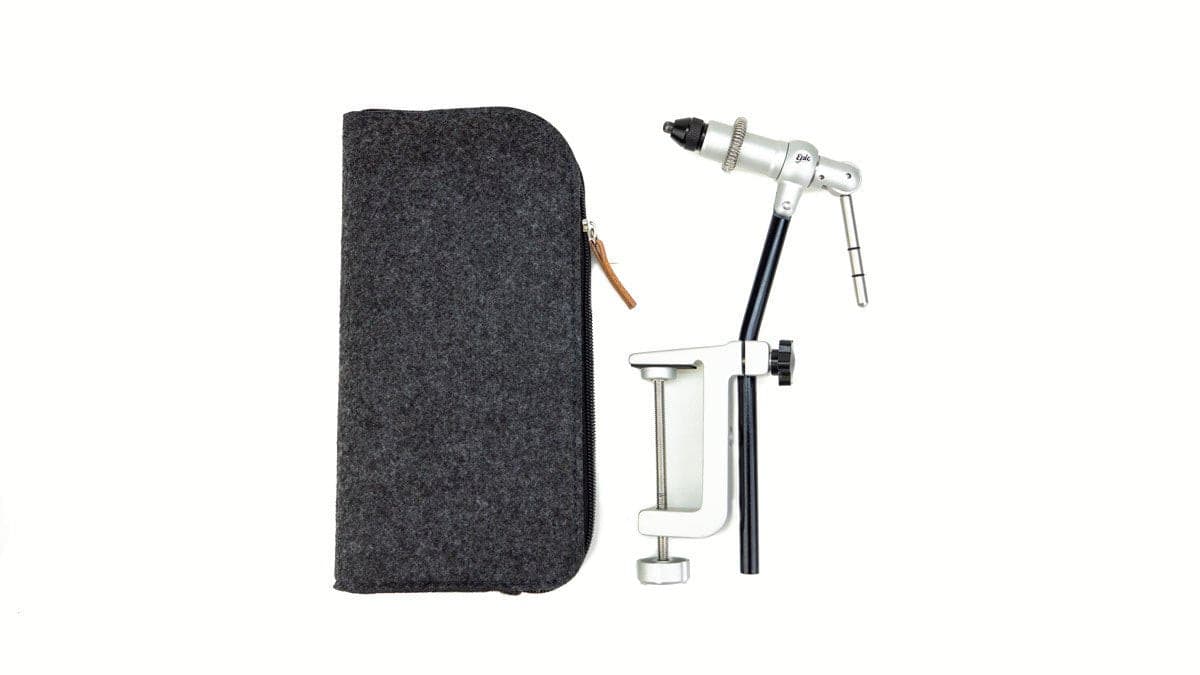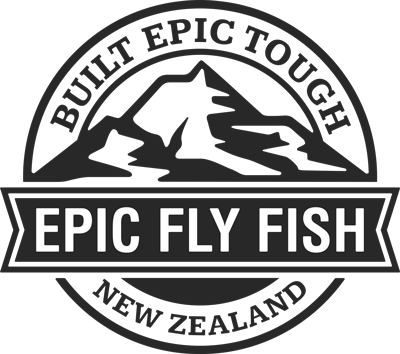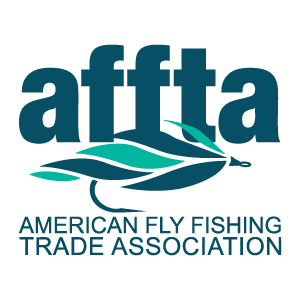Adjusting your height could be your secret weapon for fooling the toughest-to-reach fish.
Fly casters come in all shapes and sizes, and they move in different ways. At a not so towering 5’8”, I have always felt that I had certain advantages over my taller counterparts. Placing a fly under an overhanging tree limb, or rock ledge seems easy for some and maddening for others. We’ve all had the situation that if we were able to place the fly just a few more inches under a tree or ledge it would have made a big difference in getting a fish to strike. Skills with a fly rod are certainly key, but physical differences also play a role. While a side-arm approach works best in some circumstances, the vertical-style is my choice for achieving accuracy in most fishing situations. Placing a fly in a narrow opening or achieving pin-point accuracy is where the vertical cast shines, and that is why it is the standard of tournament casters.
At first, it may be surprising to some fly fishers how you can use the vertical cast to get under objects. The lower the angle, the farther you can get under an obstruction with a vertical cast. While the advantage to this lower angle may seem obvious, I’ve always wondered exactly how much difference it makes.
Some flats boat owners choose to install a “casting platform” on their deck, raising the caster an additional 12” to 18.” This does help you spot fish better when sight fishing, but I have never been comfortable standing on one. For me, kneeling on the deck or standing in the cockpit feels better, and the lower angle makes for a softer presentation. Presenting a fly at a lower angle is one reason that kayak anglers are so effective.
Recently, to find out what effect stature has on presenting a fly, I enlisted the help of two of my fishing buddies, we’ll call them “Caster Tall” and “Caster Short,” to find out just how much of an effect stature has on presenting a fly.

Caster Tall stands at 6’2”, while Caster Short is 5’1”. They are both outstanding casters, and there are variables, such as arm length and casting style, but I’ve tried to match their casting strokes and loops as much as possible. The effects of hauling were not considered.
The Test
At a maximum distance of 30,’ I placed an obstacle overhanging 8.5’ out and 4’ high, Caster Tall can clear the obstacle to 27 feet coming in at an angle of 21 degrees, while Caster Short delivers his fly to 29 feet at 16 degrees. While a 2’ difference may not sound significant, on the water it can be the difference between a strike and no strike. At longer distances, the difference between the two angles is less dramatic, but the advantage still favors the shorter caster.

The Fix
By simply kneeling, Caster Tall was able to not only equalize, but gain an advantage over Caster Short. His cast under the same obstacle sails to 30’ at 14 degrees – a full 10% further than his standing cast. Same casting stroke and same loop size.
Try it For Yourself
The best way to improve this, or any skill, is practice. You can make your own “Mangrove Trap,” with 6 pieces of PVC pipe and 6 matching elbows. Make yours any size you like, but using two 3’ lengths, two 4’ lengths and two 5’ lengths (width) is a great place to start. It is easily assembled and disassembled for storage.
By practising to deftly execute a vertical cast with a low angle in mind, adjusting your height could be your secret weapon for fooling the toughest-to-reach fish.

Author

Joe Mahler is one of the USA's leading fly casting instructors and author and illustrator of “Essential Knots & Rigs for Trout” and “Essential Knots & Rigs for Salt Water”. You can Book a fly casting lesson with Joe via his website here


